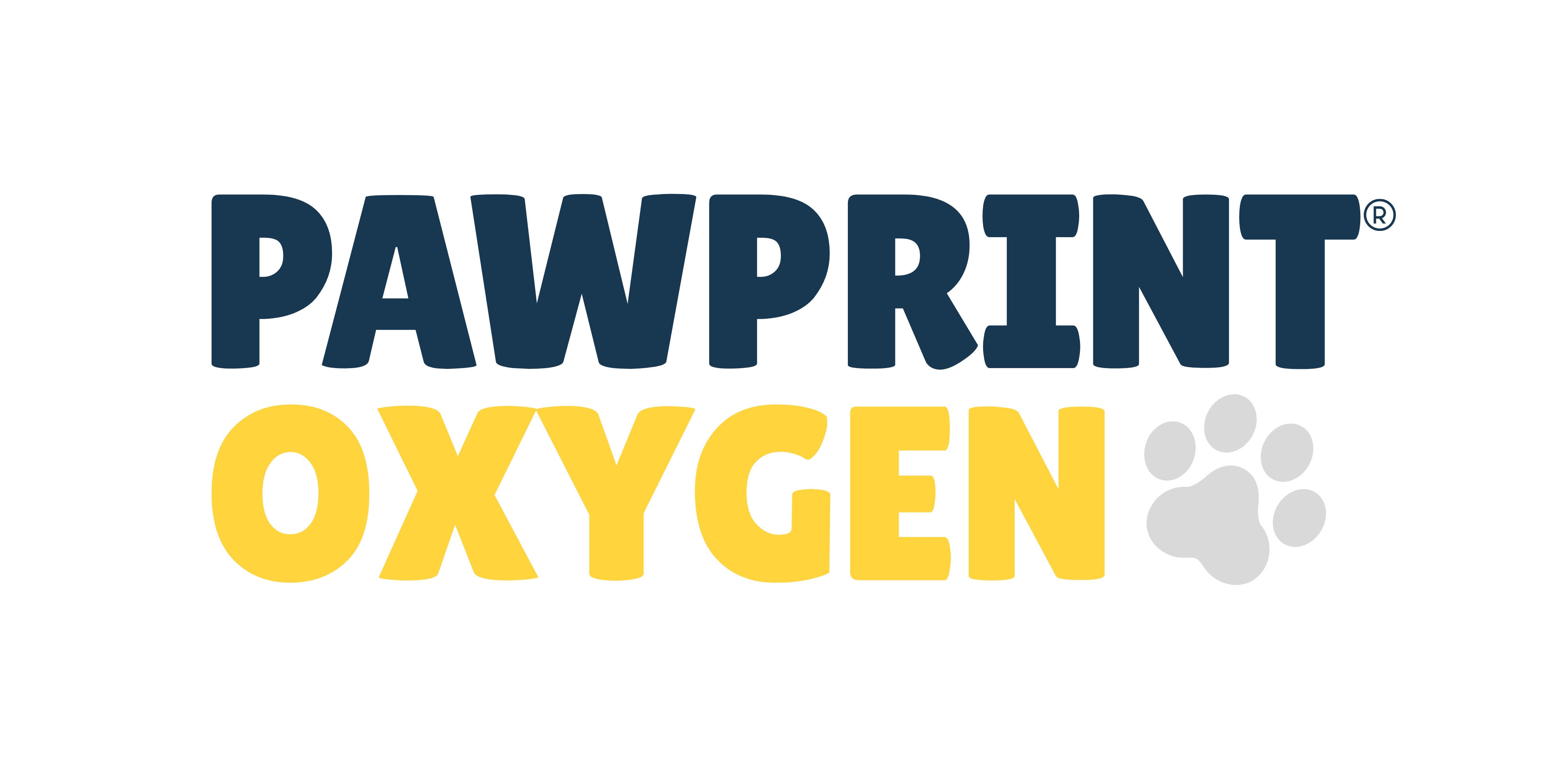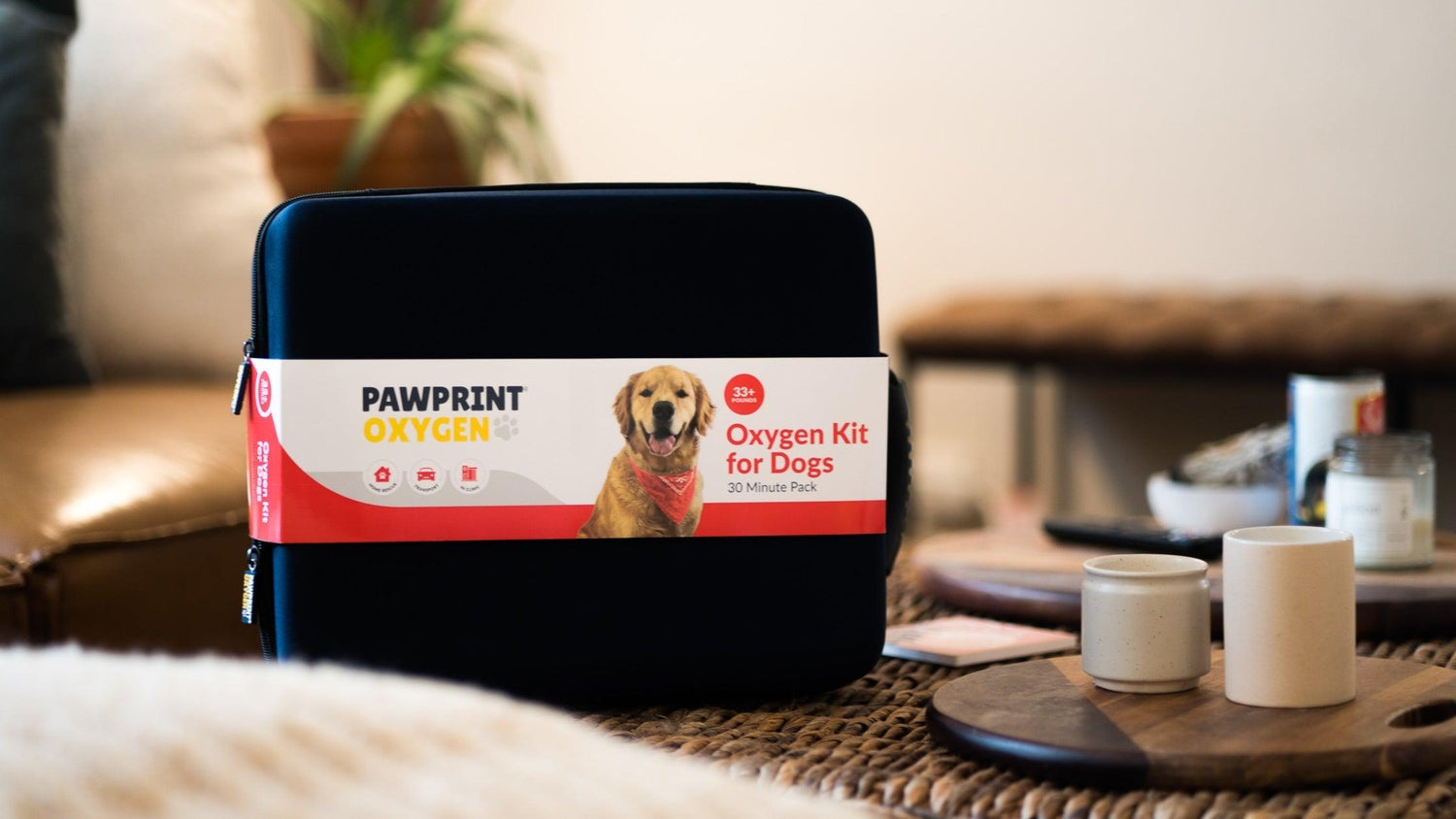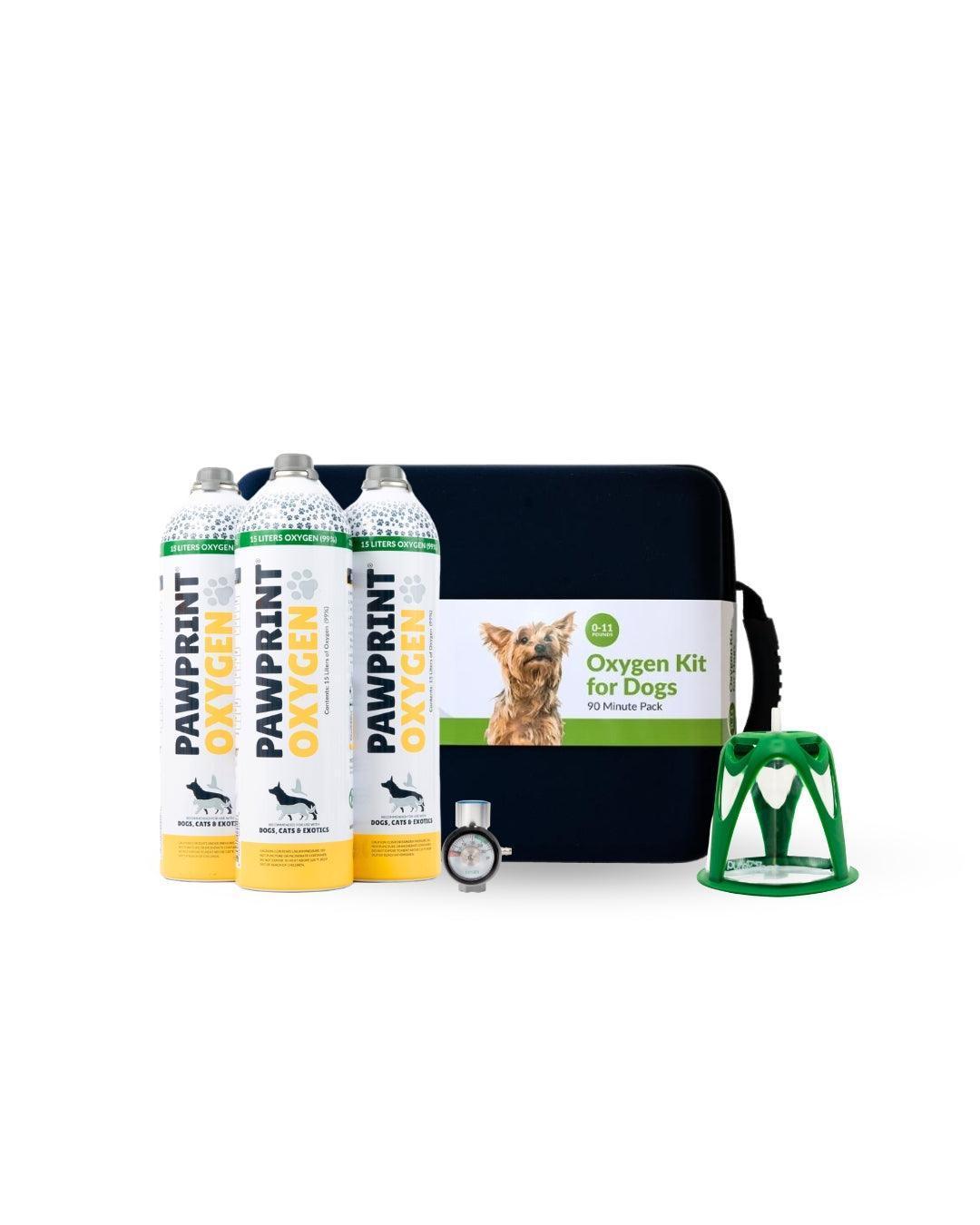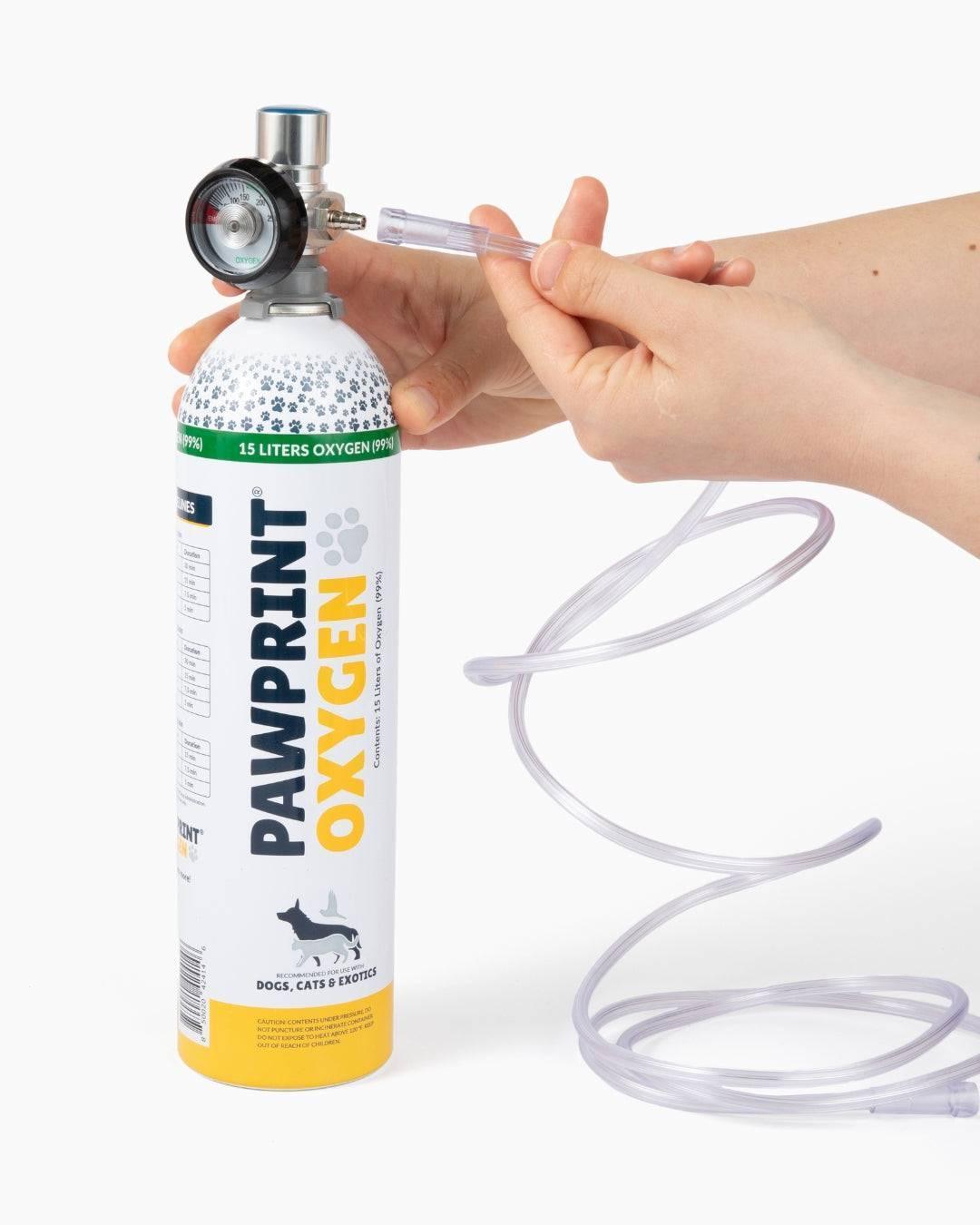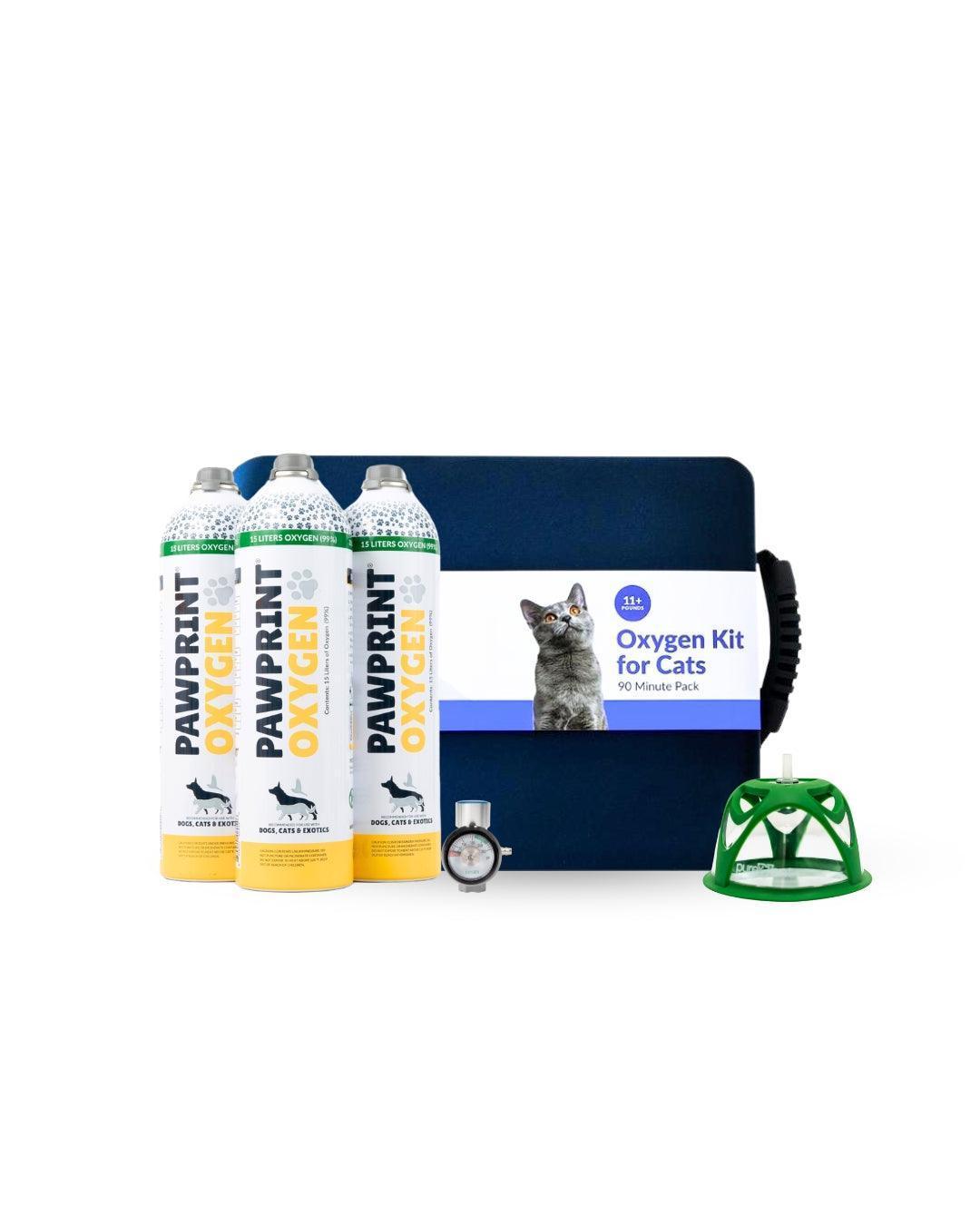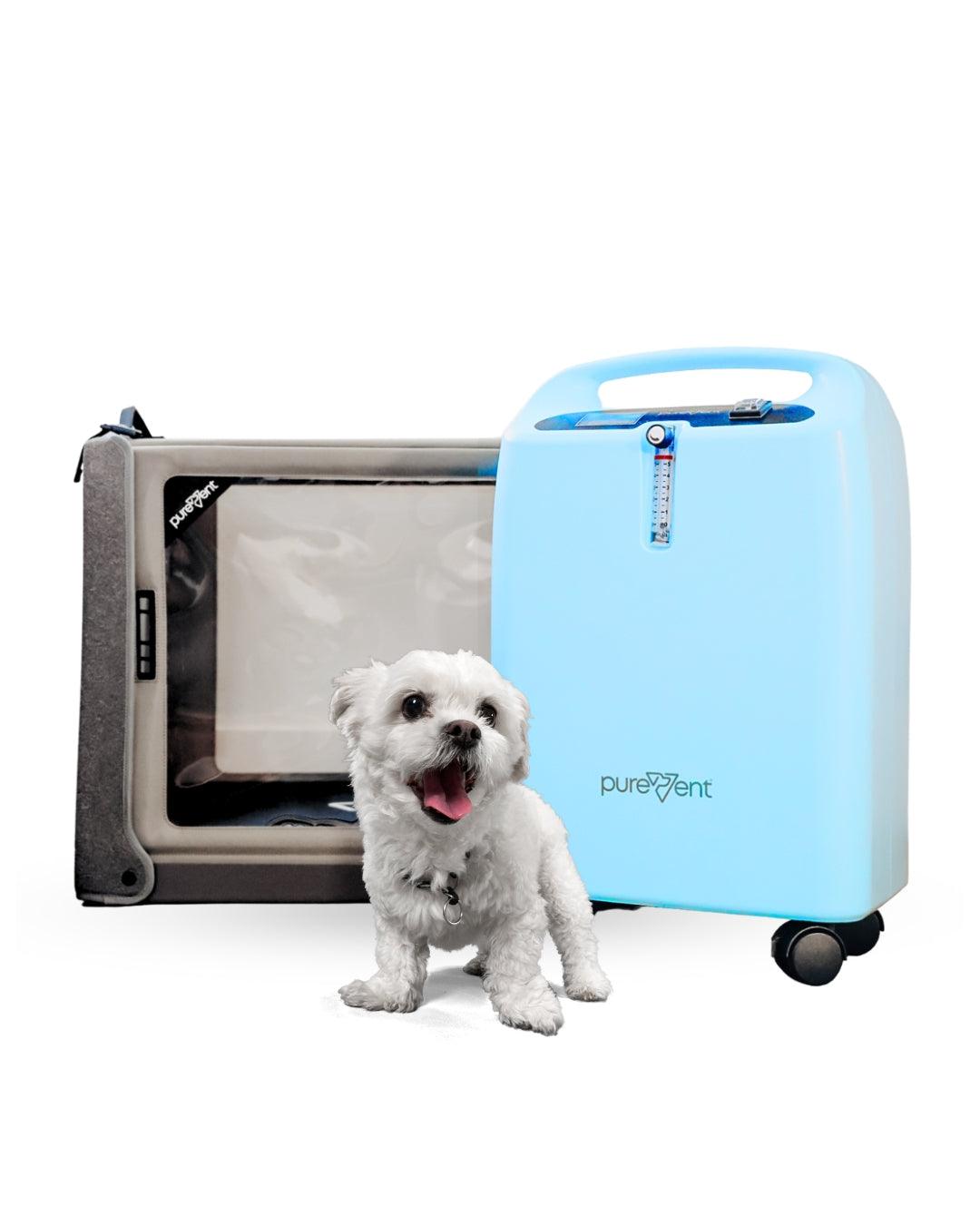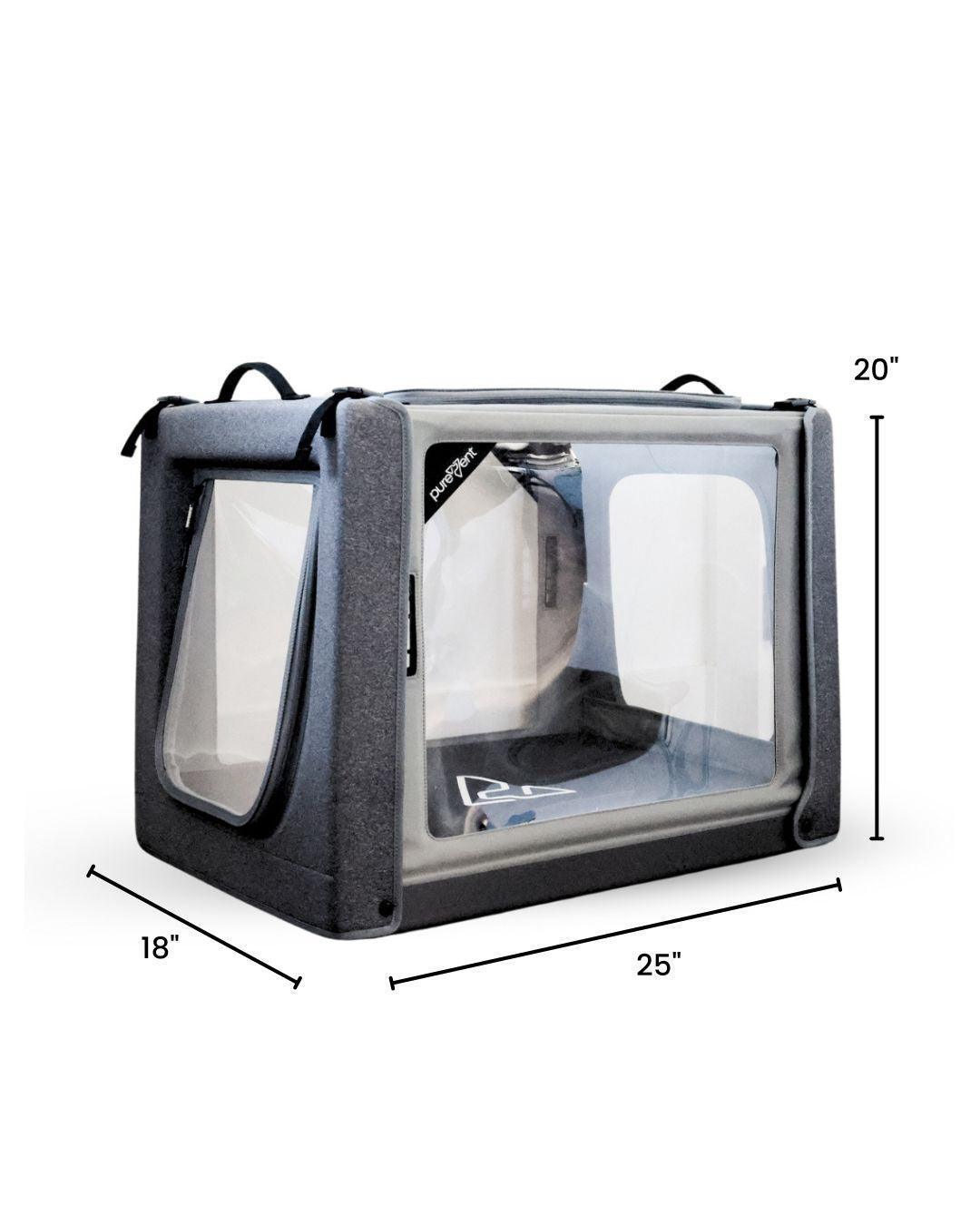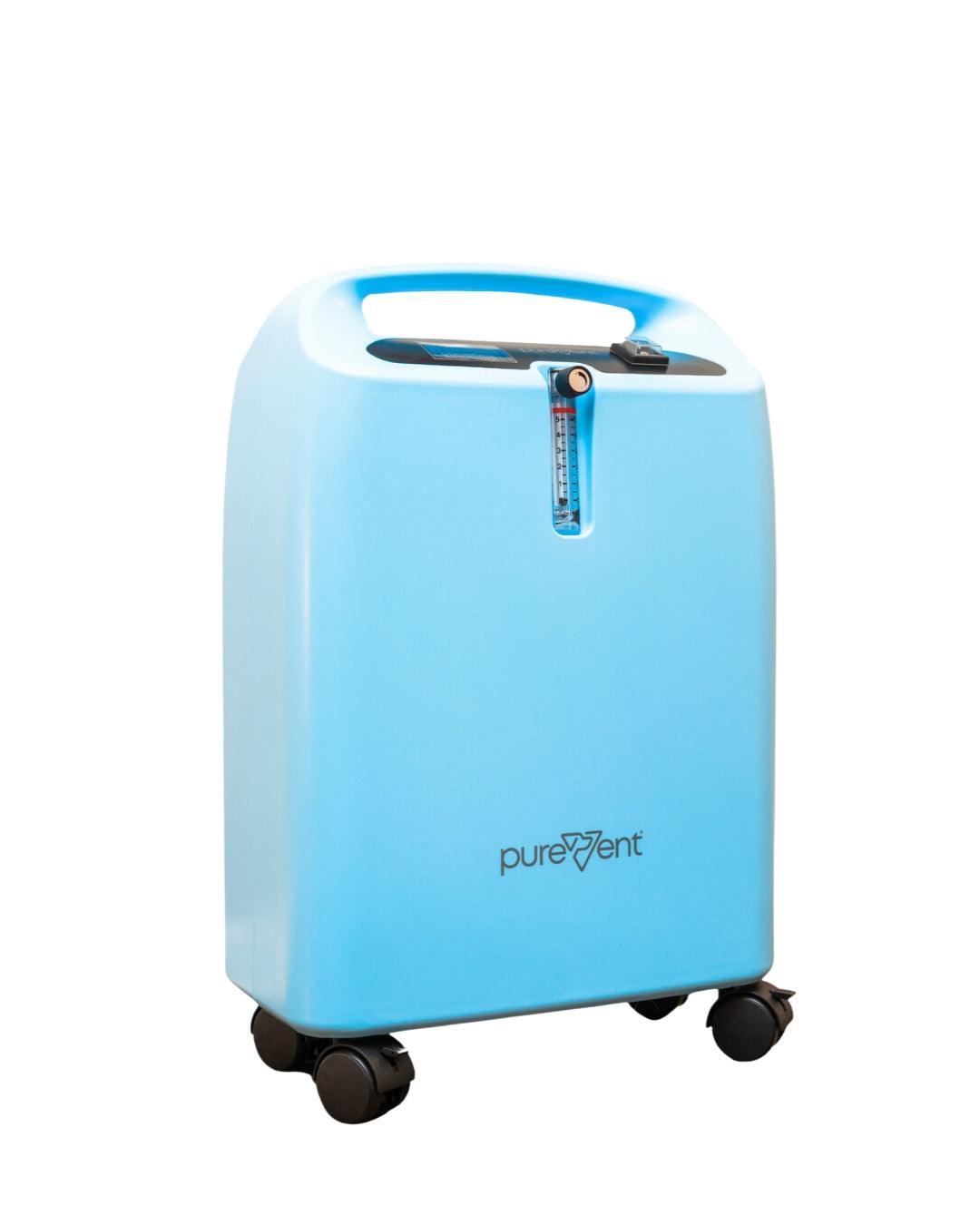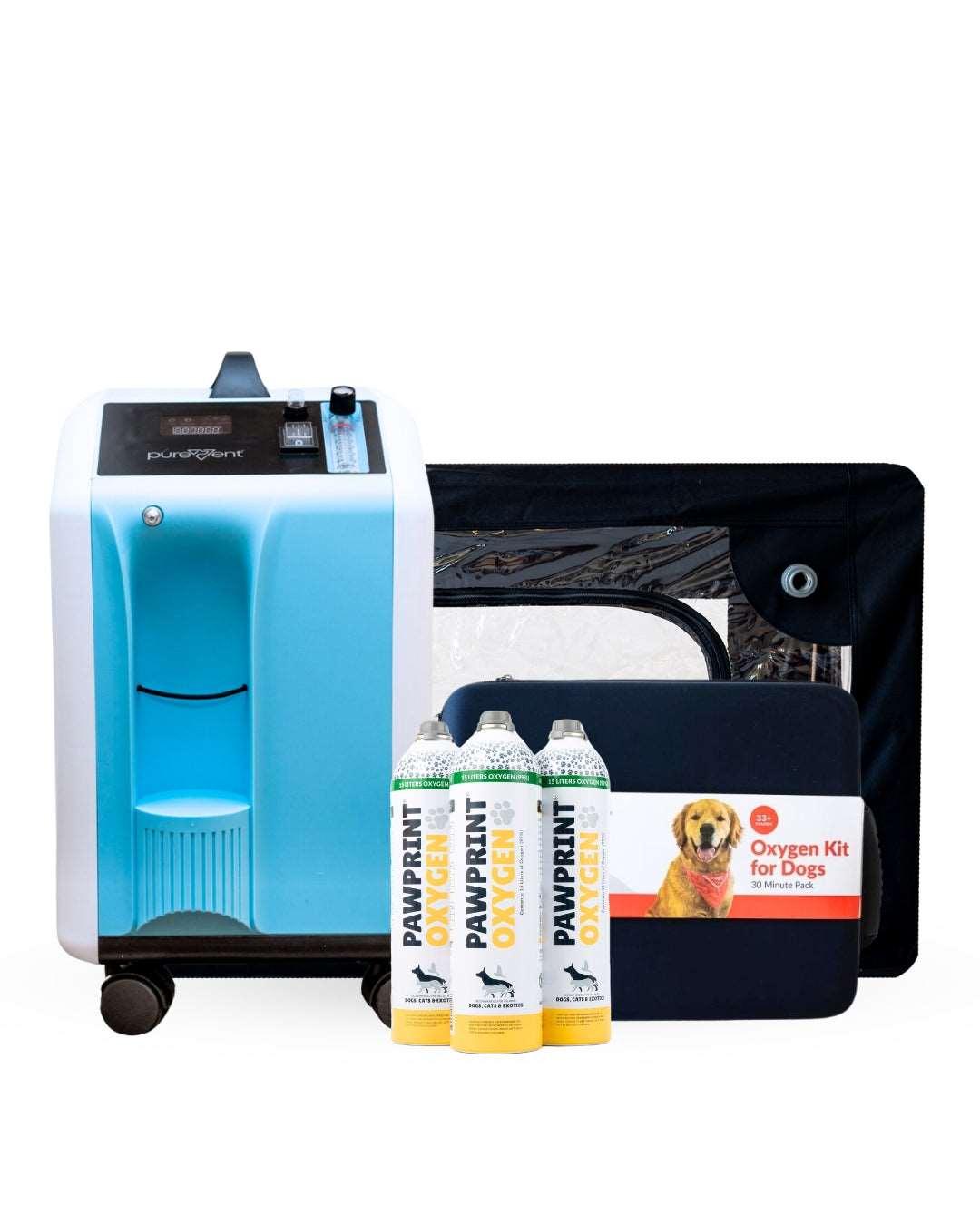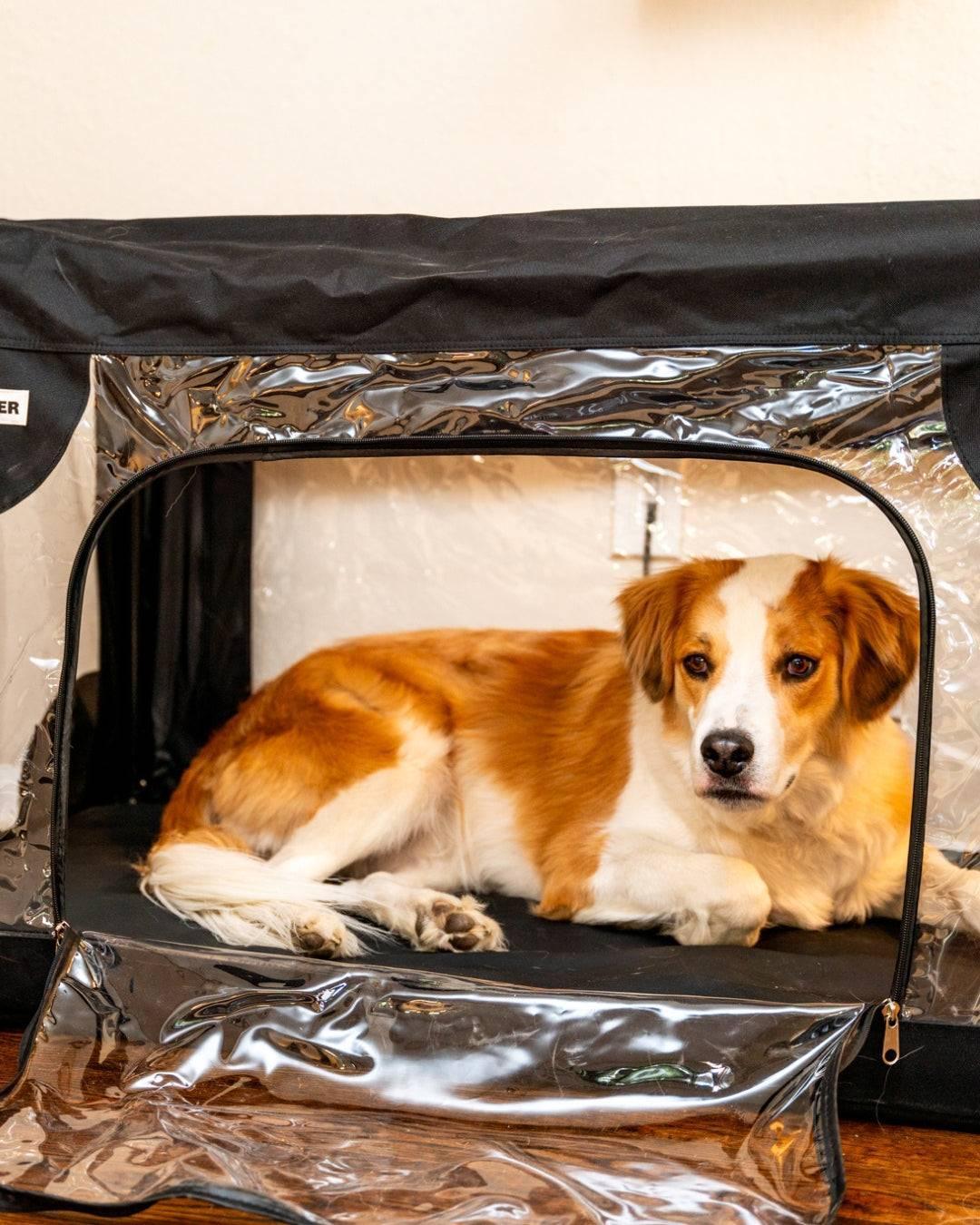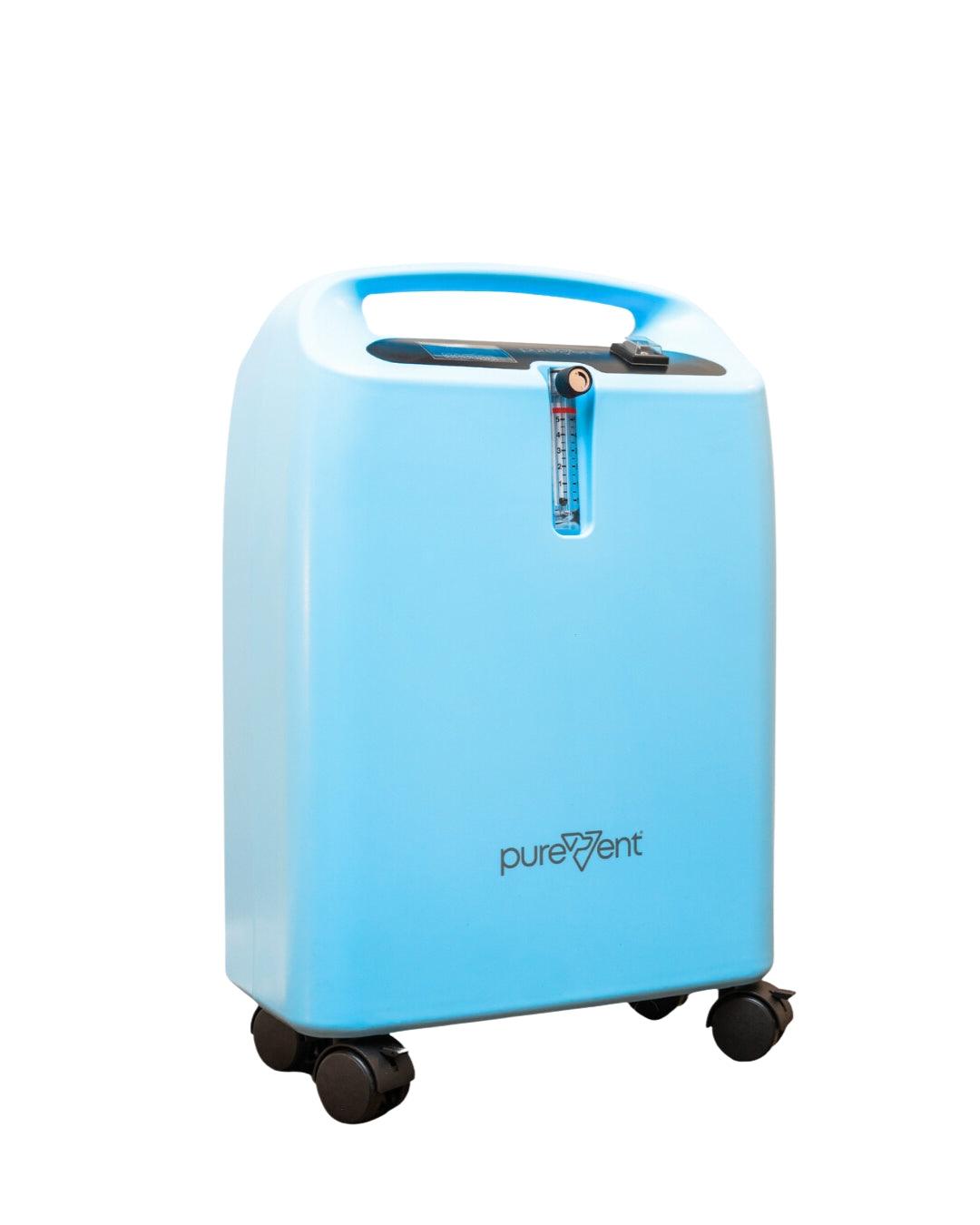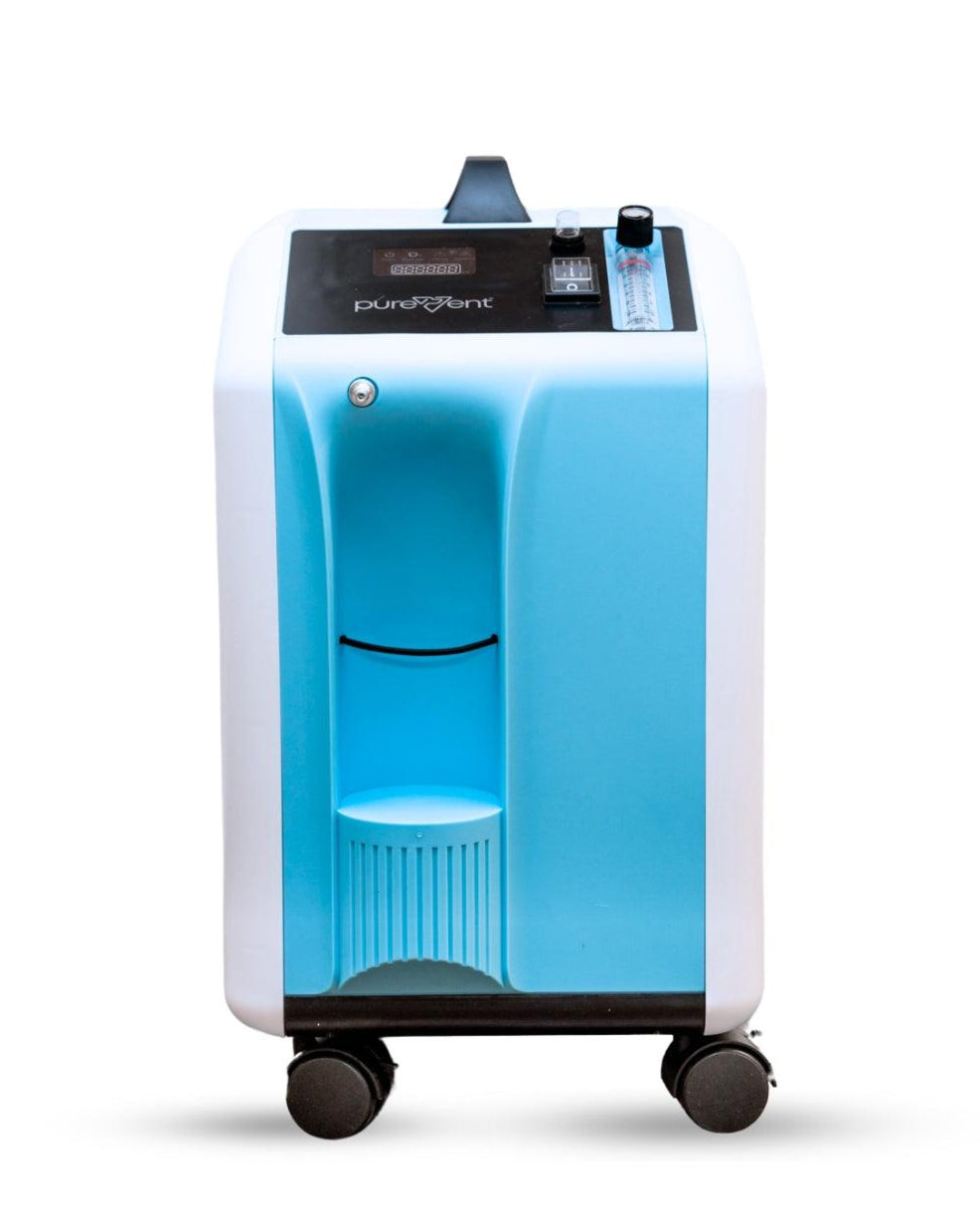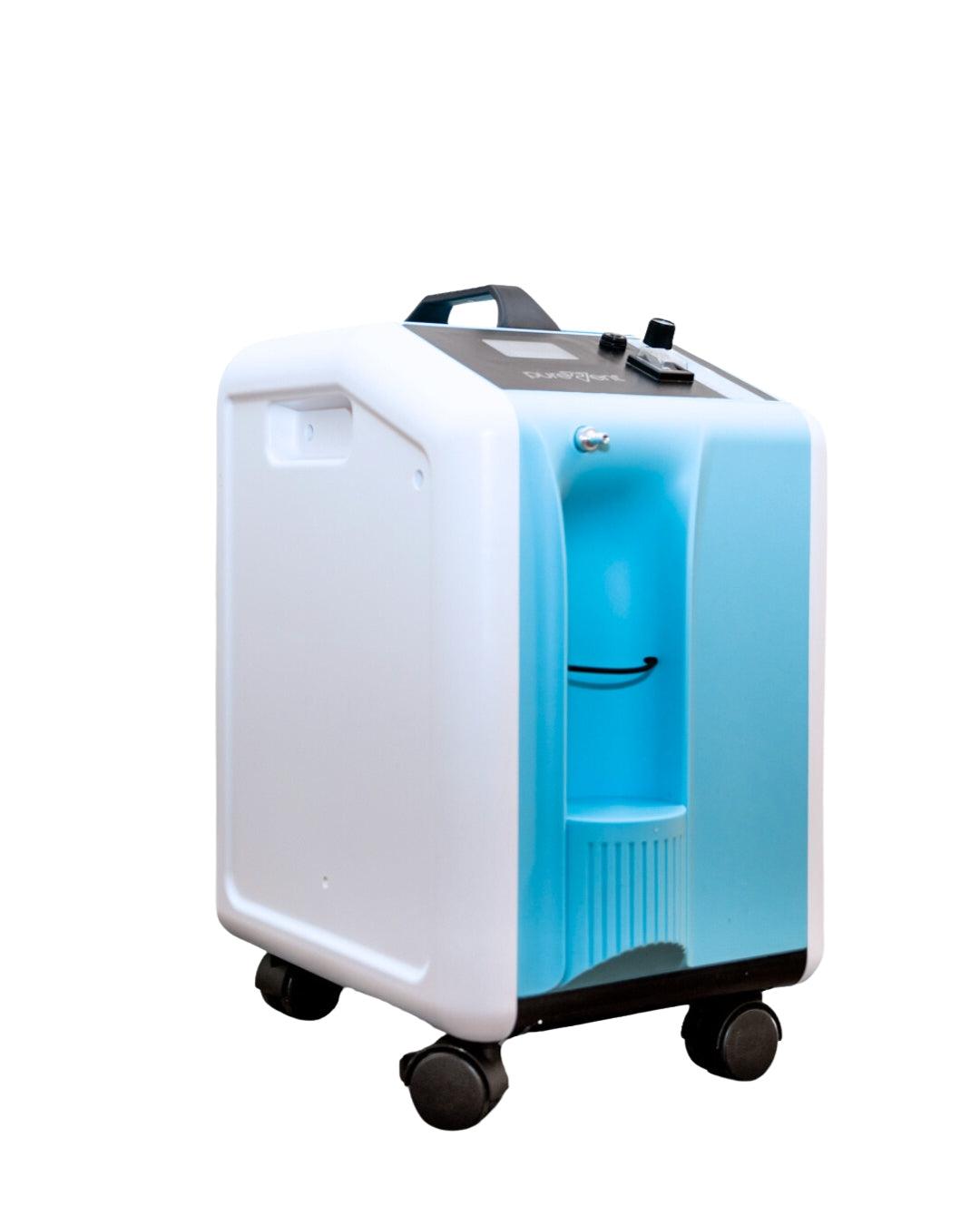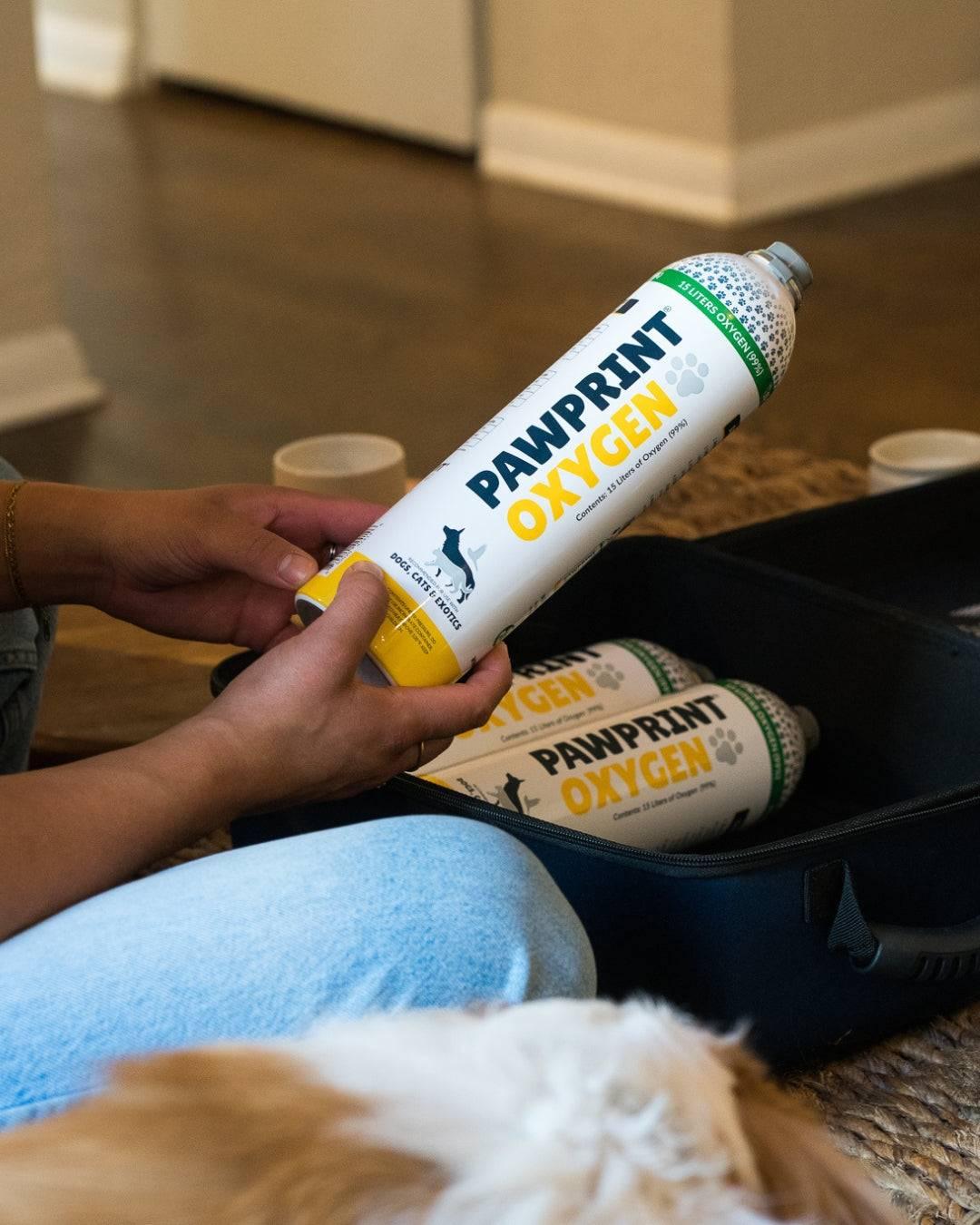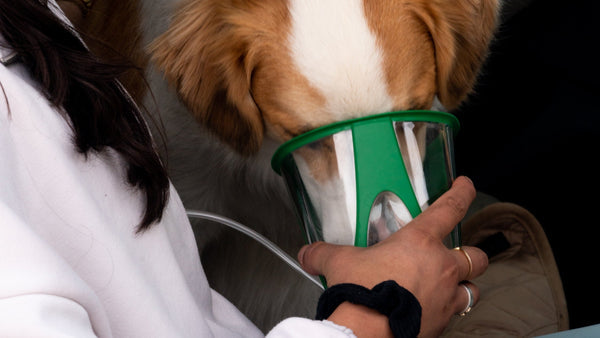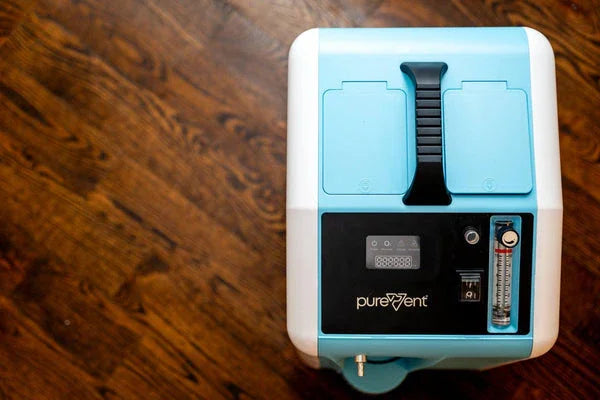Laryngeal paralysis is a potentially serious condition affecting pets, particularly seen in older dogs and certain breeds. When the nerves controlling the larynx lose function, it can lead to breathing difficulties, often requiring immediate attention. Oxygen therapy has emerged as a critical intervention among the various treatment options for laryngeal paralysis. In this context, Pawprint Oxygen has established itself as a leading provider of pet oxygen products, offering a reliable solution for pet owners and veterinarians alike.
Understanding Laryngeal Paralysis in Pets
Laryngeal paralysis occurs when the muscles that open and close the larynx become weakened or paralyzed. This can lead to a partial blockage of the airway, making breathing difficult. Symptoms of laryngeal paralysis include a change in bark tone, loud breathing, coughing, and in severe cases, cyanosis (bluish discoloration of the skin due to lack of oxygen). Breeds like Labrador Retrievers, Golden Retrievers, and Saint Bernards are more prone to this condition, especially in their senior years.

Diagnosing Laryngeal Paralysis in Pets
Early diagnosis is crucial in effectively managing laryngeal paralysis. The condition can gradually progress and be difficult to identify, so being vigilant about early laryngeal paralysis symptoms can make a significant difference in your pet's quality of life. Pet parents of cats and dogs alike should watch for several signs that could indicate the onset or presence of laryngeal paralysis:
Change in Bark or Meow: One of the earliest signs may be a noticeable change in your pet's bark or meow. It might sound hoarser, weaker, or different in tone.
Noisy Breathing: Listen for any changes in your pet's breathing. A raspy, loud, or strained breathing sound, especially when inhaling, can be a telltale sign. This is often more pronounced during exercise or in hot weather.
Coughing or Gagging: Frequent coughing or gagging, which seems out of the ordinary, can indicate that your pet is struggling with airflow.
Exercise Intolerance: If your previously active pet suddenly seems to avoid exercise or gets tired quickly, it could be due to breathing difficulties associated with laryngeal paralysis.
Eating and Drinking Changes: Difficulty swallowing, frequent choking while eating, or coughing when drinking water can also be symptoms.
Panic During Respiratory Distress: In severe cases, pets might exhibit signs of panic or anxiety due to the inability to breathe comfortably. This might include pacing, restlessness, or even collapsing in extreme cases.
During a veterinary visit, the vet will conduct a thorough physical examination, focusing on the respiratory system. This includes checking for any abnormal sounds in the lungs or throat and observing breathing patterns. Based on the initial examination, the vet may recommend further diagnostics:
Laryngoscopy: This procedure involves sedating the pet and using a scope to visually inspect the larynx. It's the definitive way to diagnose laryngeal paralysis as it allows the vet to see if the vocal cords are moving correctly.
Blood Tests and X-rays: These are often performed to rule out other conditions that can cause similar symptoms, such as heart disease, lung disease, or infections.
Understanding these symptoms and seeking prompt veterinary care if they are observed can greatly aid in the timely and effective management of laryngeal paralysis in pets. You can work to prevent flare-ups by avoiding high-temperature environments, vigorous activity, and tight-fitting collars. While laryngeal paralysis can be difficult to identify, Pawprint Oxygen is committed to providing you and your pet support in these tough moments.
When Is Oxygen Therapy Necessary for Laryngeal Paralysis in Pets?
Oxygen therapy becomes necessary for pets with laryngeal paralysis when they experience significant respiratory distress or compromised oxygen levels due to the condition. This can occur during acute episodes of breathing difficulty, often triggered by exertion, heat, stress, or excitement, where the pet struggles to inhale sufficient air through the narrowed larynx. It is also critical during pre-operative and post-operative periods if the pet undergoes surgical treatment, such as a laryngeal tie-back procedure, to ensure adequate oxygenation and reduce respiratory strain. Additionally, oxygen therapy may be required for pets experiencing severe anxiety or fatigue associated with chronic breathing difficulties, providing immediate relief and stabilizing their condition. In these scenarios, oxygen therapy helps maintain vital oxygen levels, alleviates respiratory effort, and supports overall recovery and well-being.
Dog Oxygen Rescue Kit
Our Oxygen Rescue Kits are designed to help your dog exactly when they need it. You can administer on-the-spot oxygen or oxygen in transport while on your way to emergency care. These kits are ideal for common conditions like laryngeal paralysis, congestive heart failure, collapsing trachea or to have on hand for emergency situations.
How to Administer Oxygen Therapy at Home
Use Pawprint's Oxygen Rescue Kit in 3 Simple Steps:
1. Twist
the regulator into place on a canister
2. Connect
your tubing to the regulator and to your Pet's Oxygen Mask
3. Hold
the mask close to your Pet's face and administer oxygen

Benefits of Oxygen Therapy for Pets with Laryngeal Paralysis
Enhances oxygen delivery to the lungs.
Alleviates symptoms of respiratory distress.
Supports overall organ function and healing.
Oxygen therapy provides significant benefits for pets with laryngeal paralysis, a condition where the muscles controlling the larynx (voice box) fail to function properly, leading to difficulty breathing and reduced oxygen intake. By supplying a high concentration of oxygen, oxygen therapy helps to alleviate the severe respiratory distress associated with laryngeal paralysis. This treatment ensures that pets diagnosed with laryngeal paralysis receive sufficient oxygen to their tissues and organs, which can be particularly critical during acute episodes of respiratory compromise.
Oxygen therapy also helps reduce the effort required for breathing, thereby decreasing the overall stress and fatigue on the pet. Additionally, it can stabilize pets before and after surgical interventions for laryngeal paralysis, such as laryngeal paralysis tie-back surgery, enhancing recovery outcomes. By improving oxygenation and reducing respiratory strain, oxygen therapy plays a crucial role in managing and supporting the health of pets with laryngeal paralysis.
